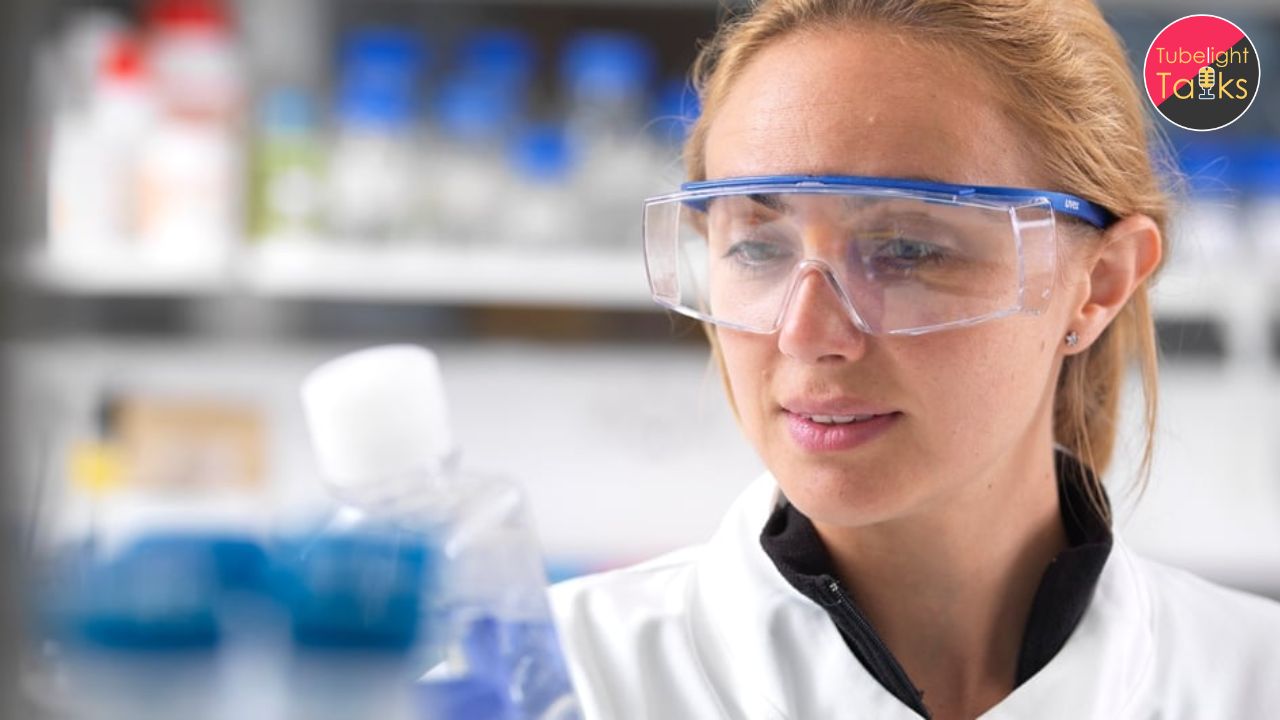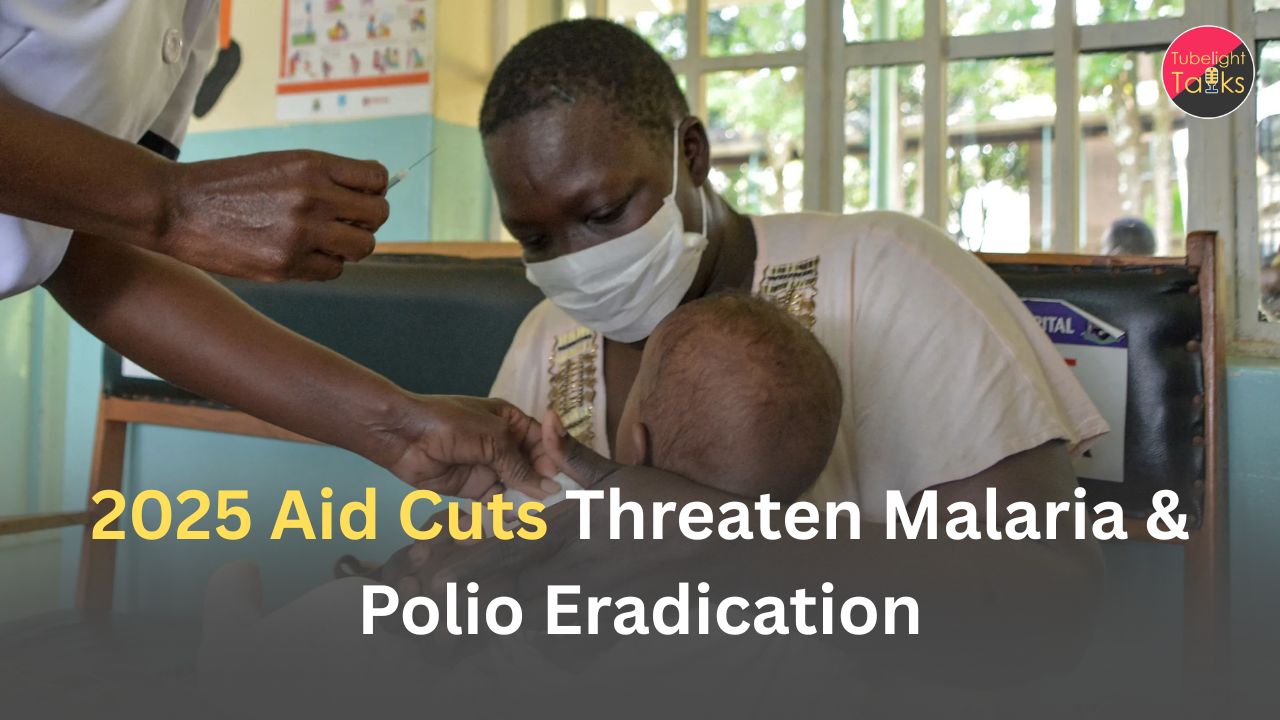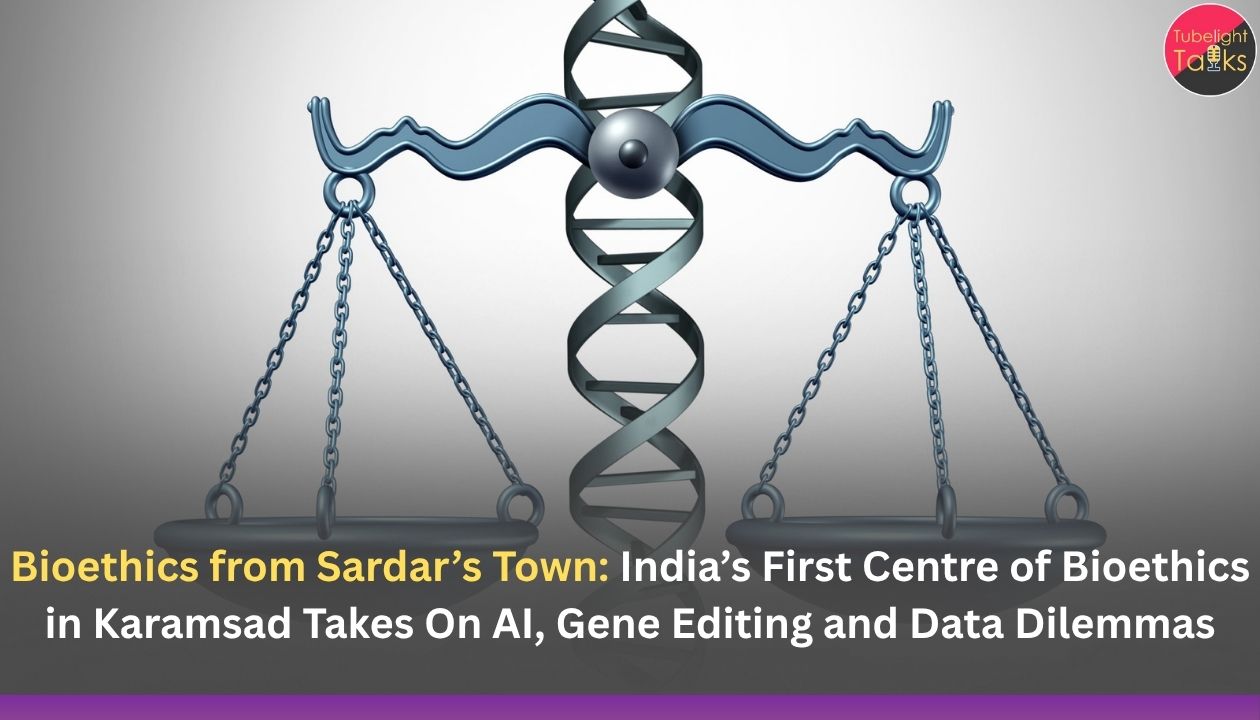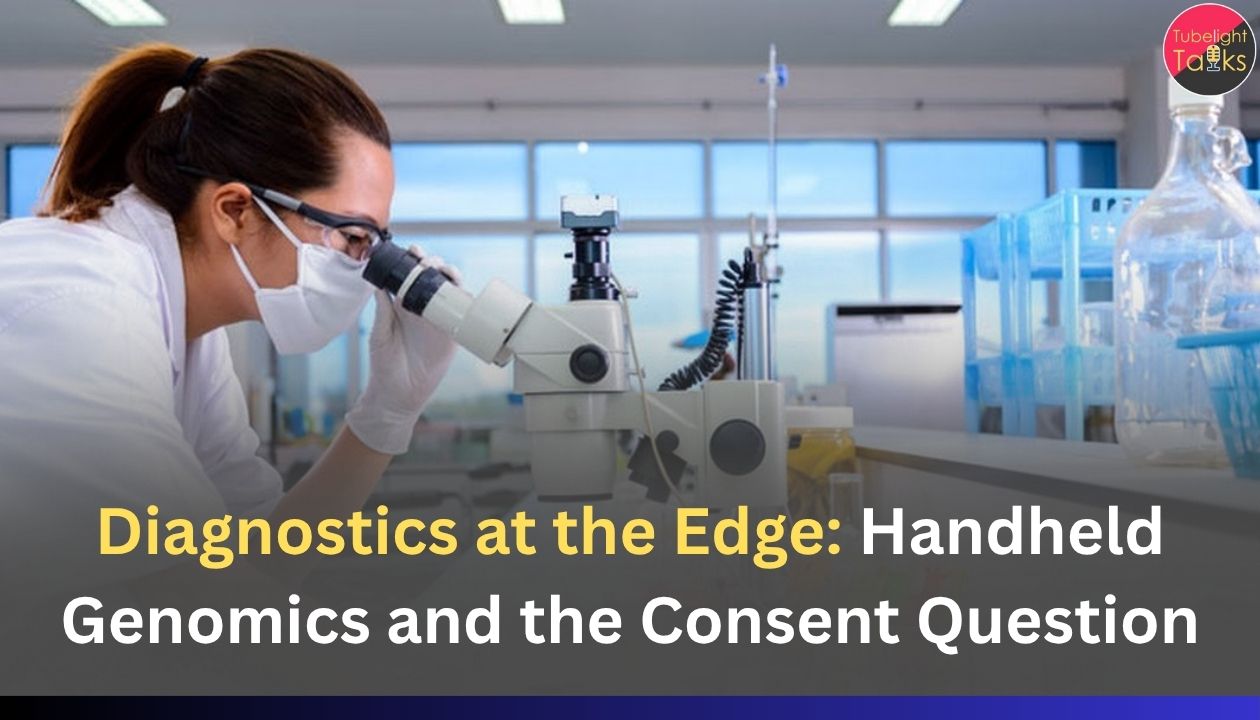Scientists from the Indian Association for the Cultivation of Science in Kolkata have made a promising discovery in the treatment of cancer. They found that by targeting an enzyme involved in DNA repair called TDP1, they could treat patients whose cancer had become resistant to current treatments. This can help improve outcomes for them. The discovery could lead to new combination treatments for cancer.
Why does cancer occur?
Although a lot of research has been done on cancer, the causes of cancer are not well understood. Cancer cells develop from simple cells. This is partly due to chromosomal changes in the nucleus. Now a little is known about why these changes occur, and it is as follows: In nature, our body is always developing a small number of cancer cells. Many of these cancer cells are destroyed by themselves, but some remain. Exposure to certain chemicals can contribute to cancer, such as chemicals used in paint, tar-based chemicals, soot from factories, asbestos, petroleum gases, and nicotine from cigarettes.
New breakthrough in cancer treatment, scientists discover 125-year-old element.
In India, approximately 70-80 percent of cancer cases occur in stage III and IV due to which, the cure rate for this disease is very low. In stage I, the chance of curing cancer is up to 95 percent, but by stage IV, the chance of recovery is less than 5 percent. Now, American researchers have discovered a substance that can destroy cancer cells and provide early treatment options for this deadly disease that kills millions worldwide. The name of this element is actinium.
New discoveries on actinium
In fact, the element actinium was first discovered by the French scientist André-Louis Debierne in 1899, and it is at the 89th position in the periodic table. Now, after 125 years of research, cancer treatments are highly likely to improve, as the Department of Energy’s Lawrence Berkeley National Laboratory has discovered new properties of actinium. Even after 125 years, actinium remains a mysterious element in science because it is found in very small quantities and requires specialized radioactivity laboratories. A team of scientists tried to amplify it and found that the element could behave like its lighter counterpart, lanthanum.
Why do cancer cells resist current treatments?
Many cancer treatments use drugs such as camptothecin and irinotecan to block an important enzyme called Topoisomerase 1 (Top1), which helps cancer cells replicate their DNA. However, over time, some cancer cells become resistant to these drugs, meaning the treatment no longer works as well. That is why scientists are looking for new ways to fight cancer.
Targeted delivery for cancer treatment.
The past few decades have seen tremendous growth in cancer treatment research. However, compared to the success of pre-clinical studies, only 15 passively targeted nanocarriers (NCs) have been clinically tested. None of the NCs that have been approved for use have progressed past clinical trials. Here, we examine the factors limiting their clinical translation and review the principles behind targeted delivery methods to identify potential causes of success.
We propose criteria and considerations for the development of targeted NCs. We also highlight potential directions for the development of successful tumor-targeting strategies.
How do cancer cells become drug-resistant?
In addition to genetic changes, drug resistance can also occur due to changes in the epigenetic code—molecular changes that turn genes on or off, without changing the DNA code.
Oral Cancer: Causes, Symptoms, and Risk Factors.
Cancer is a disease that can affect any part of the body, and the mouth is no exception. Oral cancer, also known as mouth cancer, refers to cancer that develops in any part of the mouth. It can occur on the lips, tongue, gums, the inner lining of the cheeks, the roof of the mouth, and the floor of the mouth under the tongue. Oral cancer is a serious medical condition that requires early detection and treatment.
What causes oral cancer?
As with many types of cancer, the exact cause of oral cancer is not always clear, but many contributing factors increase the risk of developing the disease. These include:
- Tobacco use: Tobacco, in all its forms—cigarettes, cigars, pipes, and chewing tobacco—is a significant risk factor for oral cancer. The chemicals in tobacco can damage the cells in your mouth, which eventually leads to cancer.
- Alcohol consumption: Excessive drinking is another major risk factor. Alcohol can erode the lining of the mouth, making it more susceptible to cancer. The risk is higher for those who smoke and drink alcohol.
- HPV infection: Human papillomavirus (HPV), particularly HPV type 16, has been linked to a subset of oral cancers. The same virus can cause cervical cancer in women.
- Poor nutrition: A diet low in fruits and vegetables may increase the risk of oral cancer.
Symptoms of oral cancer
- A sore throat that won’t heal
- A lump on the cheek
- Red or white spots on the gums, tongue, tonsils, or lining of the mouth
- Jaw pain or stiffness
- Difficulty chewing or swallowing
- A feeling of something stuck in the throat
- Numbness in any part of the mouth like tongue
- Jaw swelling
It is important to note that these symptoms can indicate other non-cancerous conditions, so it is best to consult a healthcare provider for an accurate diagnosis.
What is Leukaemia?
Leukaemia is a type of blood cancer that affects white blood cells. When blood cancer occurs, cancer cells interfere with the body’s ability to make blood, leading to anaemia. Leukaemia also attacks the bone marrow.
What is lymphoma?
Lymphoma is a cancer that first affects lymphocyte cells in the immune system. These cells strengthen immunity and help fight infections. They are present in lymph nodes, bone marrow, the spleen, and the thymus, which are the primary targets of lymphoma.
Benefits of physical activity for individuals with cancer
Physical activity after cancer treatment is not only beneficial for patients, but also helps with secondary negative side effects during treatment. It positively impacts both physical and psychosocial factors such as mood, stress, fatigue, and de-conditioning. Tumor-specific programs following surgery also offer benefits, including managing lymphedema, maintaining a healthy weight, improving endothelial function, and reducing the risk of other diseases such as heart disease and diabetes.
Types of cancer
Cancers can be classified based on the cell type they originate from. There are five main types:
- Carcinoma: Cancer arising from epithelial cells. Carcinomas can invade surrounding tissues and organs and spread to lymph nodes and other parts of the body. The most common types are breast, prostate, lung, and colon cancer.
- Sarcoma: A type of malignant tumor affecting bones or soft tissues (e.g., fat, muscle, blood vessels, nerves).
- Lymphoma and Myeloma: Cancers of the immune system cells.
- Leukaemia: Cancer of white blood cells and bone marrow.
- Brain and spinal cord cancers: Cancers of the central nervous system.
Cancer Can Be Cured by The Practice of True Spirituality
Any disease is the outcome of wrong past karmas. These karmas can be annihilated by True devotion substantiated by holy scriptures. Bhagavad Gita verse 17:23 quotes about recitation of Om Tat Sat and verse 4:34 quotes about an enlightened sant to initiate. Present day enlightened sant is Jagadguru Tatvdarshi Sant Rampal Ji Maharaj. Take His refuge to attain all happiness and salvation.
FAQs based on the New Target for Cancer Treatment Discovered by Scientists.
What is TDP1?
TDP1 is an enzyme that helps repair DNA breaks, especially when damage is caused by Top1 inhibitors. It plays a major role in repairing damage during DNA replication.
Is cancer curable?
The idea that cancer is incurable is outdated. In the modern era, many cancers are associated with high cure rates, especially if detected early. Even advanced cancers are showing significant improvements in prognosis over time.
Cancer is caused by deficiency of what?
Ans:Vitamin C deficiency reduces antioxidant defenses, leading to increased oxidative stress and DNA damage, which may promote cancer development.
Is there pain in cancer?
Ans:Anyone with cancer can experience pain. There are different reasons why people with cancer experience pain. Cancer puts pressure on tissues or nerves, or on bone or a nearby organ.
What is the new target for cancer treatment?
Scientists have identified the enzyme TDP1, which plays a role in DNA repair, as a potential target for treating cancers resistant to current therapies.
Why does cancer occur?
Cancer can result from chromosomal changes and exposure to harmful chemicals, such as those in tobacco, asbestos, and petroleum gases.
What is actinium’s role in cancer treatment?
Actinium, first discovered 125 years ago, is now being explored for its potential in destroying cancer cells, offering new treatment options.










